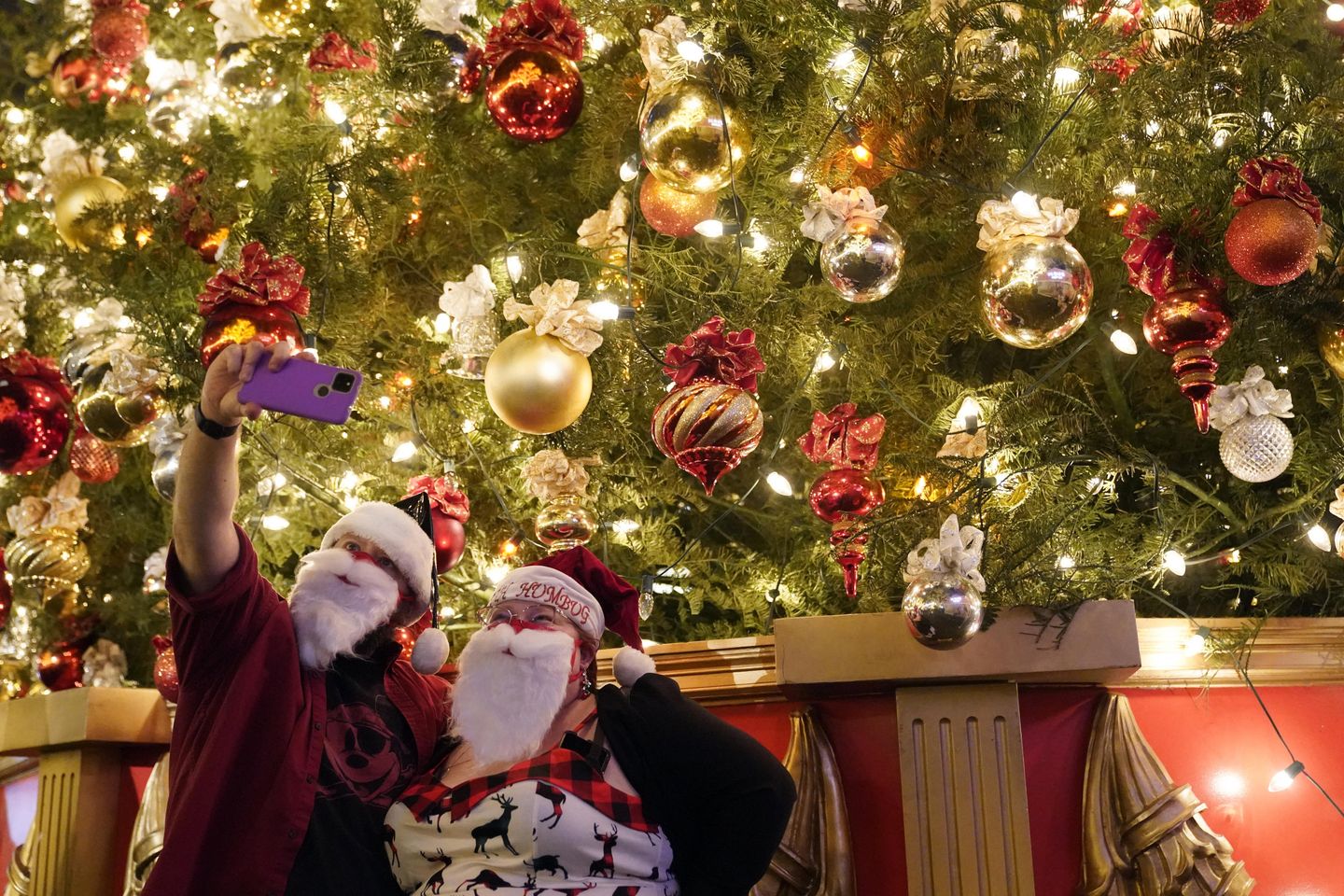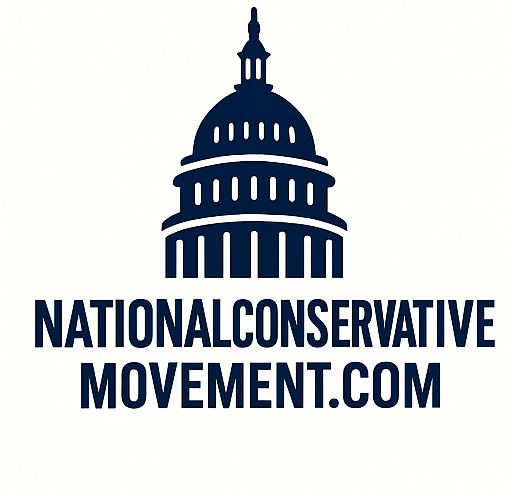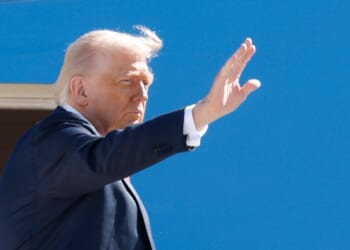
Consumer sentiment is falling and tariffs will increase some gift prices this holiday season, but retailers don’t expect it to ruin Christmas, with shoppers poised to spend north of $1 trillion.
Wages have exceeded inflation lately, and the unemployment rate remains relatively low despite fears of a hiring slowdown.
At the same time, the tariffs President Trump applied to imported goods could add $132 in holiday costs per shopper, according to LendingTree, the online lending platform.
The University of Michigan’s monthly index of Consumer Sentiment on Friday showed a reading of 50.3 — a decline of 6.2% from the prior month.
Economists say the result is a mixed bag. Consumers are sour about the economy and face added costs but refuse to skimp on presents for children and loved ones, even if it means scrounging for bargains.
Shoppers “have expressed very low sentiment, and yet they drive the economy forward with spending and aggressive participation in commerce,” National Retail Federation President and CEO Matthew Shay said.
“Somehow, every year, Santa Claus comes,” he said. “We think that’s going to happen again this year.”
The NRF expects holiday sales from Nov. 1 to Dec. 31 to increase 3.7%-4.2% over 2024, reaching up to $1.02 trillion compared to $976.1 billion.
The Deloitte consultancy estimated in September that retail sales would increase 3.1%-5.4% this holiday season, exceeding $1 trillion.
“Despite repeated media fearmongering, consumer spending and retail sales data have been robust – indicative of how Americans are confident that President Trump’s agenda will continue to turn the page on Joe Biden’s economic disaster,” White House spokesman Kush Desai said.
Yet Americans in separate income groups will experience holiday shopping differently, resulting in “uneven demand,” according to Avison Young, a global real estate advisory firm.
“Value and off-price chains are positioned to benefit from cautious consumers chasing deals. Luxury will remain resilient at the very top tier, but aspirational buyers will pull back,” it said in a forecast. “Traffic at malls and shopping centers will hinge on confidence, promotions, and even weather in December’s final shopping push.”
Steve Hanke, a professor of applied economics at Johns Hopkins University, said wealthier Americans will drive Christmas spending to meet retail groups’ optimistic estimates. He said almost 50% of consumption is now fueled by those in the top 10% of income distribution.
“The wealthy are the elephant in the room,” said Mr. Hanke, who served on President Ronald Reagan’s Council of Economic Advisers. “The folks with lower-than-average incomes, those who were hurt by the [Federal Reserve’s] post-COVID inflationary policies, amount to peanuts when it comes to consumption.”
Even so, retailers are working overtime to attract price-sensitive shoppers this season, meaning key shopping events like Black Friday and Cyber Monday will take on added importance.
“We have a consumer that is really out there looking for deals,” said Mark Matthews, chief economist at NRF.
Bain and Co., a consulting firm, estimated that 10% more consumers would shop on Black Friday and Cyber Monday this year compared to 2024.
They’re seeking bargains, in part, because items like electronics and clothing are poised to get more expensive.
Earlier this year, Mr. Trump imposed sweeping duties on foreign goods, ranging from a baseline 10% to an upper end of 50% on countries around the globe.
Democrats and some Republicans say the tariffs are a cost burden on American businesses and consumers. Mr. Trump has defended his levies as a way to protect U.S. industries and jobs.
“I think that [consumers] might be paying something, but when you take the overall impact, the Americans are gaining tremendously,” he said in the Oval Office on Thursday.
Retailers said stores pulled forward inventory, and shoppers started holiday purchases earlier than usual this year, to get ahead of tariff costs.
Consulting firm Simon-Kucher estimates 40% of shoppers started shopping in October, while Amazon made a big splash with Prime Big Deal Days on Oct. 7 and 8.
Yet tariffs are expected to impact some goods as the shopping season proceeds.
LendingTree examined what would have happened if the tariffs had been in effect during the 2024 holiday season and estimated an extra cost of $40.6 billion on gift purchases.
Consumers would have shouldered $28.6 billion — or about $132 per person — while retailers would have absorbed $12.0 billion, the company said.
“For most Americans, spending an extra $132 at the holidays is significant,” said Matt Schulz, LendingTree’s chief consumer finance analyst. “While it may not be earth-shattering, it can have a real impact on many families.”
LendingTree said 88% of clothing and 69% of electronic gifts are imported, so those categories would be most affected by tariffs.
Over half of toys, sporting goods and home decor/furnishings are made overseas, too, while food gifts tend to be made in the U.S., with only 12% coming from abroad.
Mr. Schulz said used and secondhand items could be a decent alternative for persons looking to avoid tariffs, even if they might not be “ideal” for holiday gifts.
“Doing your homework to find domestic alternatives to imported goods can help, but information can be unreliable,” Mr. Schulz said. “Often, your time may be better spent shopping around and taking other steps to save instead.”










